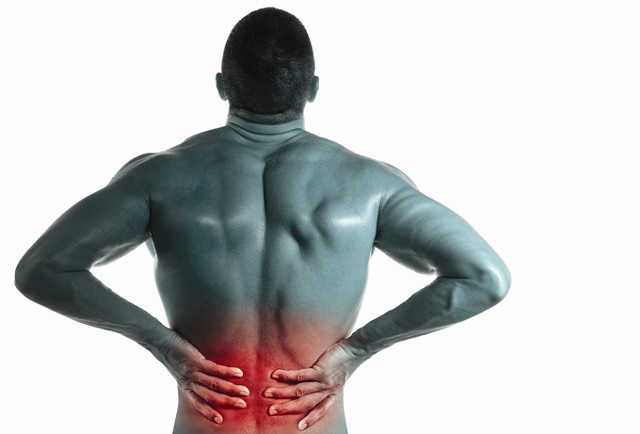
When it comes to injury recovery and prevention, fads are all the rage. From fitness gurus claiming to be experts on muscle recovery to hardcore yogis and homeopathic alternatives, there are a lot of crazy suggestions out there on how to relieve pain. None, it would seem, is crazier than sticking a five-inch needle into your muscle. Even though dry needling may seem like an ancient medicinal practice to many people, dry needling is a medically and scientifically proven method of relieving pain.
What Is Dry Needling?
Most people think dry needling is another name for acupuncture. However, although dry needling looks similar to the original ancient Chinese Medicine practice of acupuncture, it is vastly different.
It’s also called Trigger Point Dry Needling (TDN) and is an alternative rehabilitation technique similar to acupuncture in treating painful muscles. Many people think that TDN is a new medical fad. However, it’s actually been around for decades and continues to help relieve pain as well as heal muscles. Dry needling has been known to provide quick and tangible results for many patients, helping them in their overall rehabilitation.
Trigger points refer to the irritation, soreness, and pain in muscles – more commonly known as “knots”. These knots often lead to difficulty in performing daily tasks, causing pain in movement. Trigger points are also sometimes called myofascial pain syndrome. Many studies have shown that dry needling is extremely effective in releasing the tightness in muscles leading to these knots and relieve pain as well as improving function and movement.
Acupuncture vs. Dry Needling
Both acupuncture and TDN use needles to relieve “trigger points” in muscles. However, unlike acupuncture, a train physical therapist will do dry needling as part of an overall treatment. A physical therapist will evaluate medical history, the behavior of symptoms, pain patterns, posture, movement, muscle and joint function movement, and conduct many orthopedic tests for a full diagnosis of the pain.
Acupuncture, on the other hand, uses the life force of “qi” (pronounced “chee”) to guide the insertion of needles into specific points of the body. Whereas acupuncture uses this philosophy, physical therapists use a complete medical evaluation and pain patterns, as opposed to “qi”, to guide the insertion of needles. Physical therapists use TDN to improve mobility, decrease pain, and improve the function of patients. Furthermore, TDN can also induce a healing response to the tissue, similar to other alternative rehabilitation techniques such as cupping.
Benefits of TDN
The main benefits of dry needling are relieving muscle tension and pain. Many people experience tension in the back, neck, and shoulders. This is due to anything from car accidents to bad posture to overworking the muscles. TDN can help relieve the pain caused by “knots” in the muscles. It can be an effective treatment for any pain – acute or chronic. It can also aid in the rehabilitation of an injury. Such conditions TDN can treat are overuse injuries, tendonitis, headaches, frozen shoulder, muscle strains, sciatica, and many more.


